Rocky juniper "Skyrocket": description and cultivation
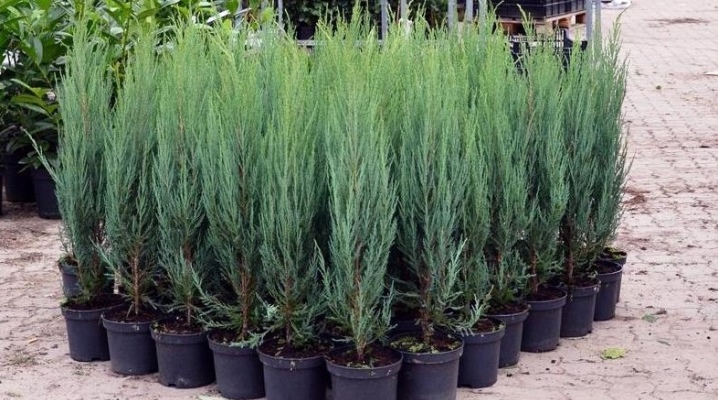
Coniferous crops do not lose their relevance in terms of landscaping suburban areas, private plots, public places. Among the demanded plants of this type, it is worth highlighting the Skyrocket juniper, remarkable for its decorative attractiveness and unpretentious care.
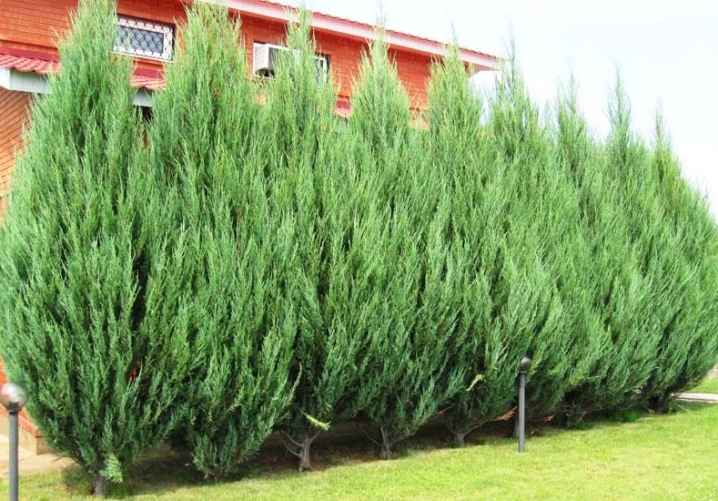
Peculiarities
Among the large number of evergreen conifers, a separate group stands out crops that are used in landscaping various territories and areas as a vertical. Among the available variety, the rocky juniper of the Skyrocket variety is in great demand., the speed and manner of growth of which gave rise to its name. In translation, the name of the culture sounds like "striving upward", which fully corresponds to the description of the appearance of the ephedra.

The plant belongs to the cypress family; there are cultures with a columnar or spreading crown shape. Juniper is also represented by creeping or erect shrubs. The needles of the Skyrocket juniper are represented by small needles or scales.
However, the juniper is in demand not only due to its decorative attractiveness in the process of cultivation in the open field, but also for its fruits, which have found application in folk medicine and cooking. They are used to prepare sauces for meat dishes, and also make various compotes and pickles.
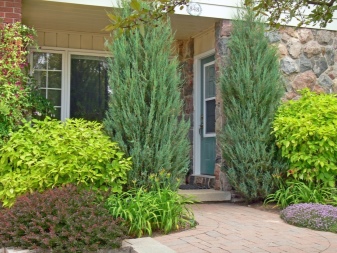

The history of the variety goes back to the 19th century, when a new juniper variety was developed as a result of the work of leading breeders., which, due to the ability to increase relative to height, is able to increase in size by 8 meters in 20 years, having a trunk diameter of at least 20 centimeters. The average annual increase in size for the "Skyrocket" is about 15-20 centimeters, which makes it stand out from the rest of its kind. The parent crops that participated in the selection of a rocky variety of juniper from North America, it was in this area on the mountain slopes that they grew.
Thanks to this relationship, the ephedra has inherited unpretentiousness in terms of the choice of soil for development, in addition, the plant has acquired resistance to negative temperatures.
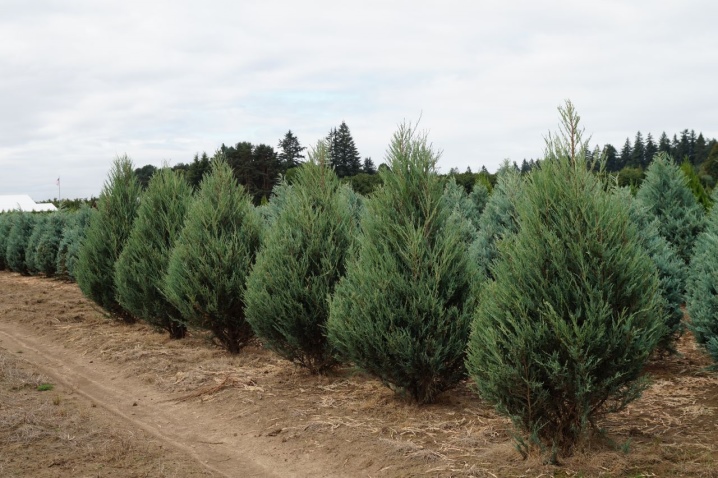
Special attention should be paid to the root system of the plant, which is able to go deep into the ground, causing the strength of the rooting of the ephedra in any place. This characteristic makes the ornamental crop virtually immune to strong winds.
The branches of the ephedra develop from the very base, the needles have a gray-blue color. Shoots are notable for their tight fit to the trunk. The fruits are dark blue and are represented by berries.
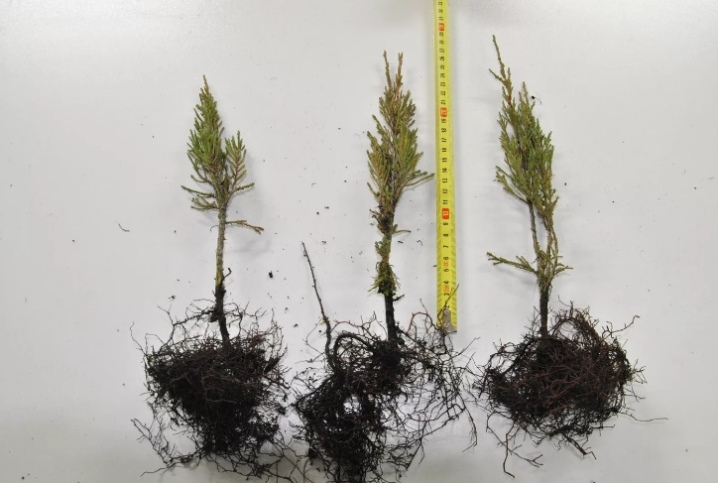
Juniper grows best in areas not deprived of sunlight; in regions with a harsh climate, it is customary to shelter such crops in the open field. Juniper can suffer from too polluted air, which negatively affects its decorative component.
Landing
For the rooting of the Skyrocket juniper to be successful, the primary task of the gardener is the correct choice of planting material, which will significantly affect the adaptation of the culture in the new place. According to the recommendations and reviews of the owners of such plants, young coniferous seedlings have a greater survival rate., which go through the process of adaptation to new living conditions faster. As a rule, they are planted in the ground together with an earthen lump around the rhizome. Juniper seedlings should only be purchased from specialized nurseries or garden centers.
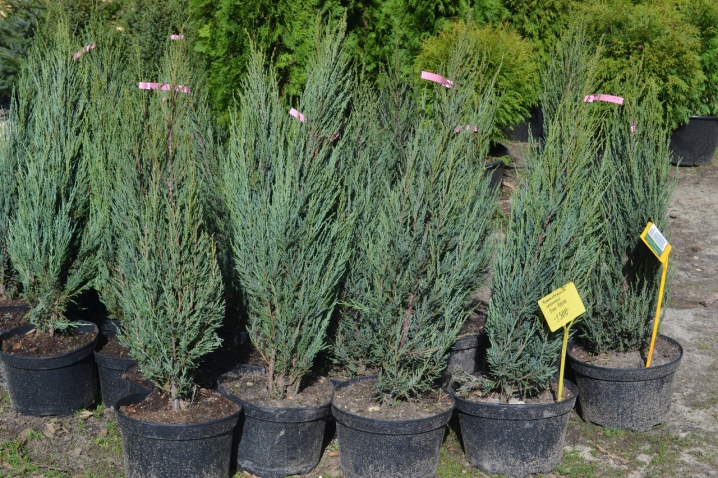
As for choosing the best place for rooting an evergreen culture, it is worth considering options without drafts, as well as excessive shading or frequent placement of other crops nearby. As practice shows, Juniper will grow best outdoors if loamy soil with low to medium acidity is present on the site.
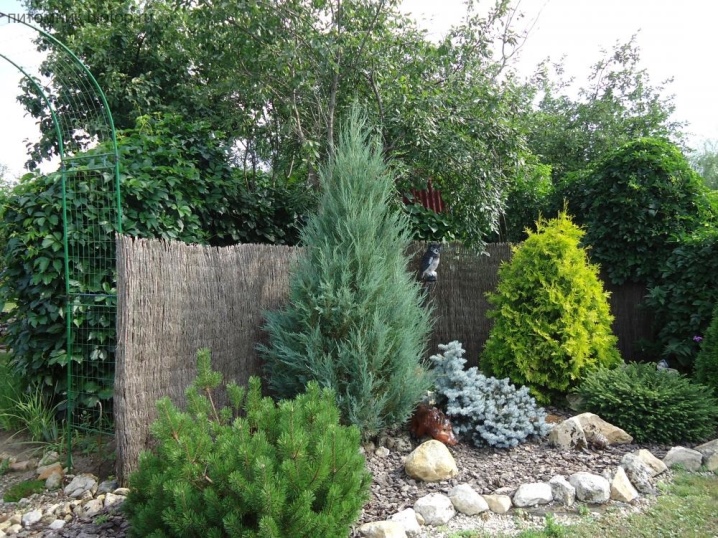
The planting algorithm does not imply the implementation of any complex activities. The process consists of sequential steps.
- The gardener's first priority will be to prepare the planting pit for the crop. The optimal hole depth will be 60 centimeters. It is best to take care of a high-quality drainage layer in advance, which must be laid on the bottom of the pit. Expanded clay, broken brick or small stones will be a suitable material for drainage. The width of the planting hole will directly depend on the size of the root system or the pot in which the juniper was previously planted.
It is best to prepare a hole twice as large in diameter.
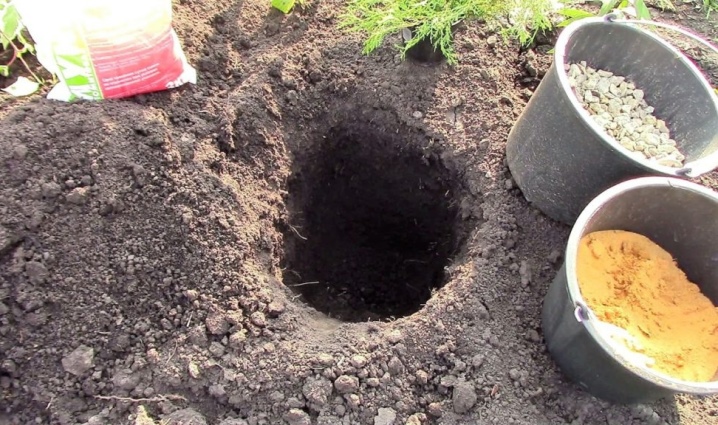
- The tree is removed from the pot, while the earthen lump should be kept to the maximum. The seedling goes deeper into the hole, the root system is covered with earth. For rooting of juniper, you can use a specially prepared substrate, consisting of turf soil, peat and sand in equal amounts.
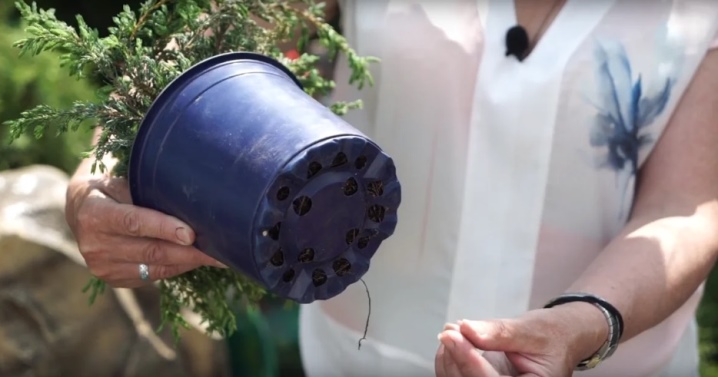
- Before watering, the soil should be well compacted and then moistened. For better rooting and survival, the near-stem circle of the ephedra should be additionally covered with a layer of mulch, leaving the root collar on the surface.
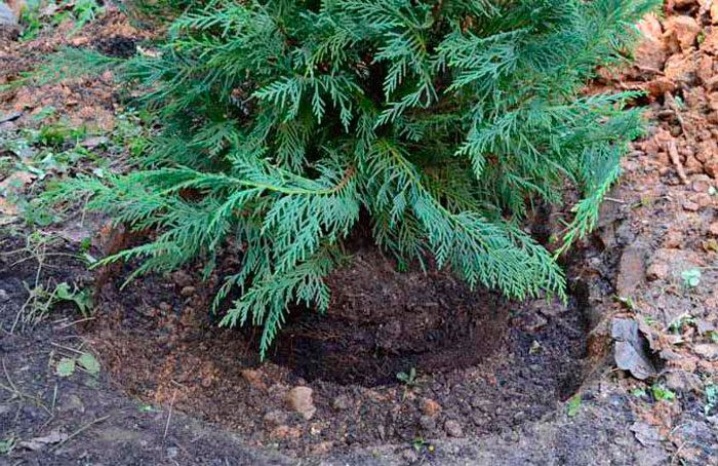
Correct care
After planting, juniper requires a special approach to agricultural technology. In order for the plant to please with its attractiveness, the gardener will need to perform certain mandatory activities.
Watering
Freshly planted young specimens will need regular moisture to the juniper. In the first season after rooting, watering should be abundant, especially in the hot summer months. In addition to introducing liquid into the soil, it is worth additionally spraying the crown of the ephedra. This will maintain the attractiveness of the plant. Adult crops tolerate heat best and are therefore less watered compared to young seedlings. During the entire growing season, "Skyrocket" can be watered 2-3 times.
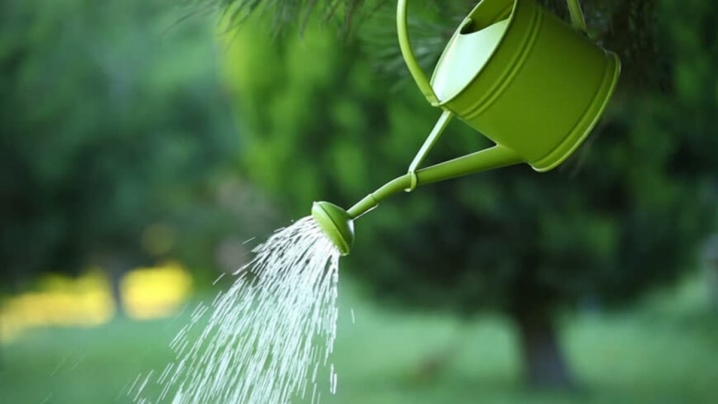
Top dressing
The introduction of fertilizers has a positive effect on the growth and appearance of the plant. Ephedra is additionally fed with special store formulations recommended for evergreen conifers. Among the trace elements necessary for juniper, it is worth highlighting nitrogen, phosphorus, potassium, as well as organic fertilizing - sand, peat, compost.
Usually, fertilization is carried out in April, once during the season will be enough. You can purchase granular or powdered fertilizers, which are usually scattered in the trunk circle.


Sanitary and formative pruning
A haircut is also carried out once a season, usually excess parts are removed from the juniper. Such manipulations will additionally stimulate the plant for further growth and development. Pruning is carried out in the spring before the start of sap flow.
Shelter for the winter
To survive the harsh winter months, the juniper must be tied with a special covering material or burlap.In addition to the fact that additional shelter helps it maintain viability at low temperatures, the harness also protects the branches of the plant from damage during a large accumulation of snow masses on them.

Reproduction methods
Reproduction of Skyrocket juniper has its own characteristics. It will be possible to get a new copy on your own in the only way - by grafting an ephedra. The best time for such a procedure will be spring. If you cut the planting material later, then during the season the cuttings may not have time to grow enough to be ready for rooting.
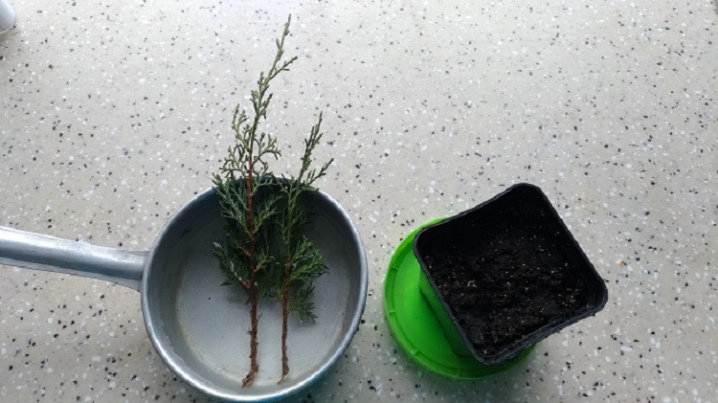
The separated planting material is rooted in separate containers. It is recommended to add various fertilizers to the soil, which will help young seedlings to build up the root system. Containers with cuttings are kept at room temperature, providing the plants with regular watering. With the appearance of roots, cuttings can be rooted in open ground. Usually peat and sand, taken in equal proportions, are used as soil. As a rule, the strongest cuttings can be planted in the garden as early as 2 or 3 years after separation from the mother plant.
The rest of the breeding methods of the "Skyrocket" variety do not give results.
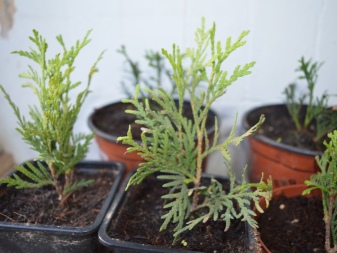
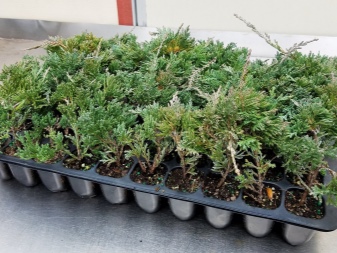
Diseases and pests
Juniper, like any other crop, is susceptible to various diseases and pest attacks. Most often, ephedra is affected by fungal ailments, as well as rust. The disease is manifested by neoplasms on the plant. Also on the culture, mucous discharge of yellow color can be observed. The plant is treated with copper-containing compounds. However, treatment will be effective only if the grower responds as quickly as possible.
Otherwise, the spread of the disease occurs at a rapid pace, which will entail the inevitable death of the plant.
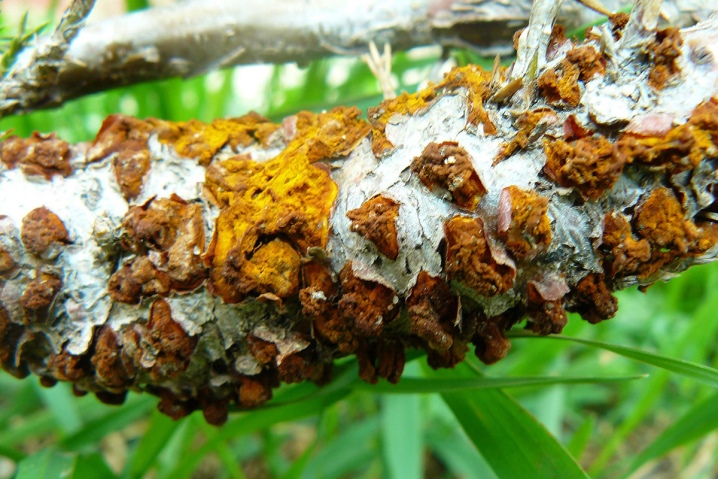
In addition to diseases, insects can harm the juniper. Among the most dangerous pests, it is worth noting:
- aphids;
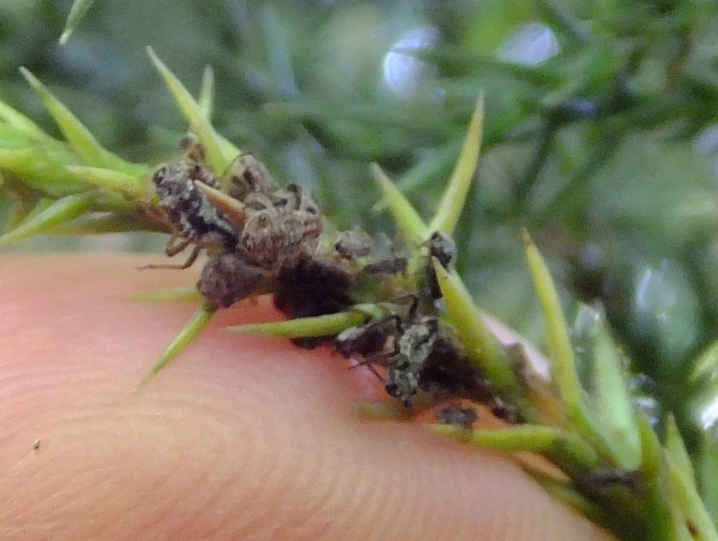
- shield;
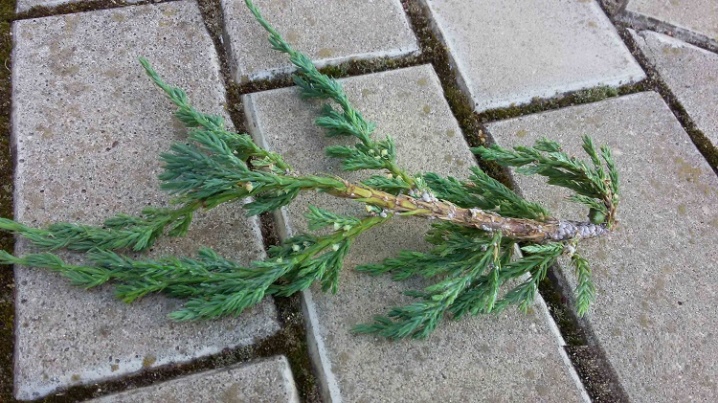
- spider mite;
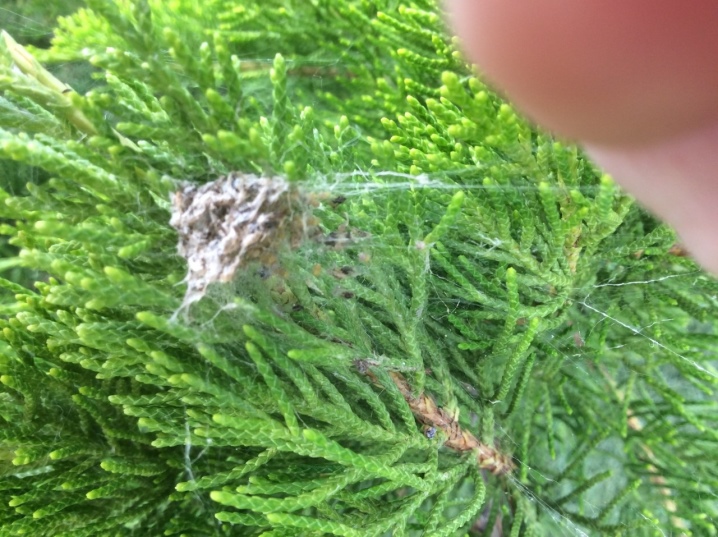
- miner moth.
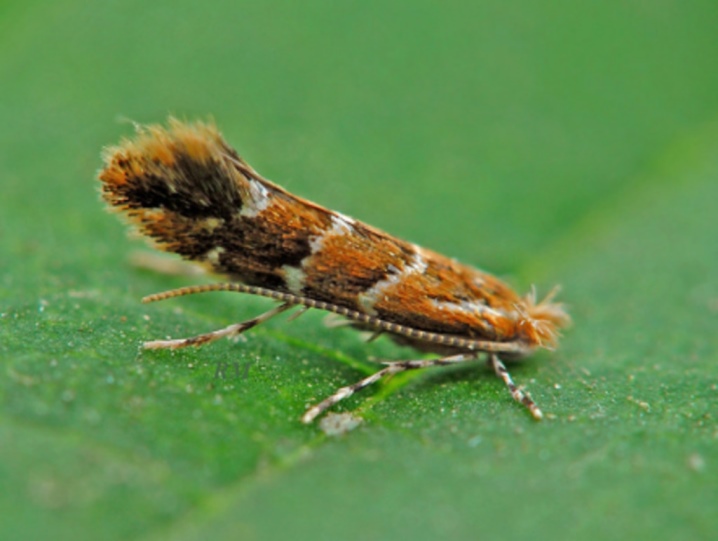
Pest control must be started immediately after they are detected; insects are destroyed using store-bought chemical poisons - insecticides and copper-based solutions. Delays in treatment can turn into a rapid decay of the culture.
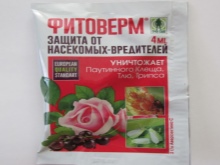
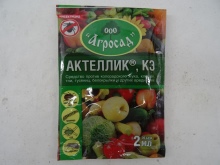

Use in landscape design
Group compositions of evergreen and tall conifers will help to decorate the local area with attractive and organic plants that will be appropriate in any design of a site or garden.

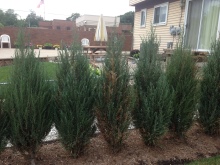
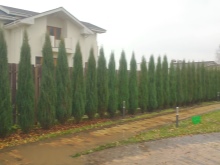
The coniferous plant can be used in composition with others, since it acts as an attractive and harmonious addition to flowering specimens, as well as any other vegetation.

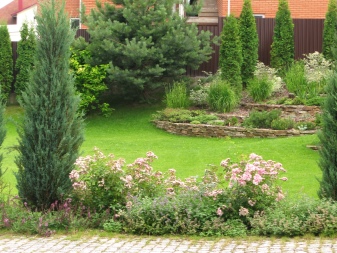
Recreation areas in public places will turn into a real oasis for visitors if the area is decorated with several evergreen Skyrocket junipers. They will decorate the garden space, standing out for their attractive appearance and height.

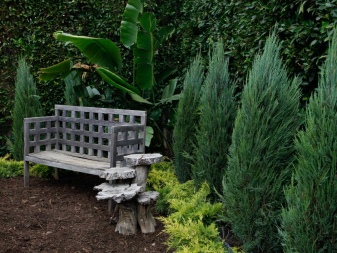
For tips on caring for a juniper, see the video below.



































































The comment was sent successfully.